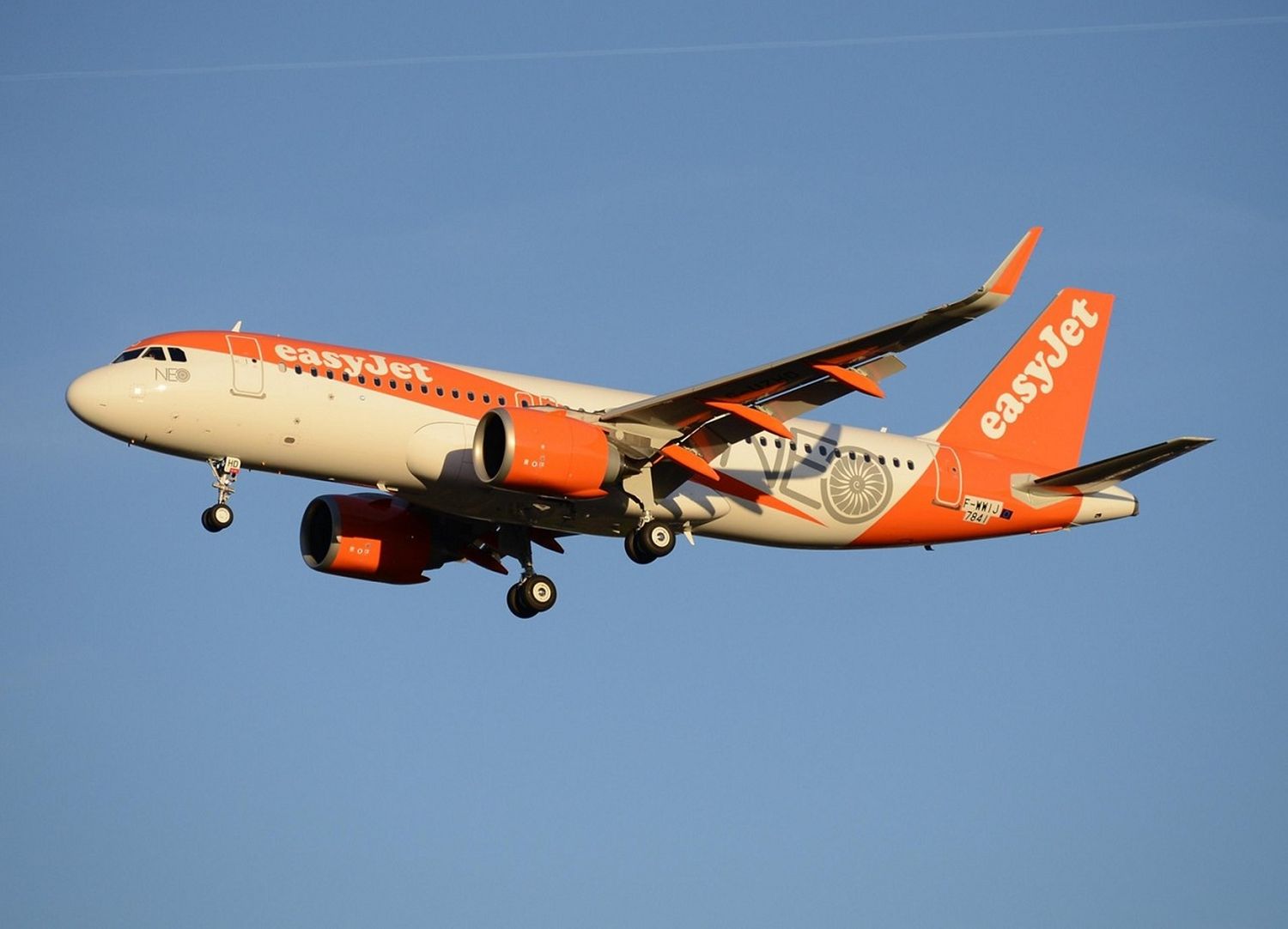EasyJet took delivery of the world’s first A320neo equipped with EGNOS, Europe’s satellite-based augmentation service (SBAS). This system is an alternative to ground-based navigation aids. Specifically, it can replace ILS.
First EGNOS-equipped A320 went to EasyJet
Airbus delivered the first A320neo with EGNOS to the low-cost airline EasyJet. Jean-Marc Piéplu, Head of the EGNOS Services Department at the EU Space Program Agency (EUSPA) noted in this regard that «commercial, regional, general and business aviation, manufacturers, airports, passengers… all benefit from the deployment of EGNOS.»
EGNOS is an alternative to the Instrument Landing System (ILS). Approaches using this equipment are called «localizer performance with vertical guidance (LPV)» and use geostationary satellites and a network of ground stations to receive, analyze and augment signals from the satellites.
This allows approaches to be operationally equivalent to ILS CAT I. The system’s decision height (point in the approach at which if the pilots don’t have visual contact with the runway they must initiate the go-around maneuver) is 200 feet. EGNOS is less expensive to install, maintain and operate than ILS, making it especially attractive to Europe’s many regional airports, which cannot afford the high cost of installing, maintaining, and verifying ILS systems.
«The ability to provide precise guidance more economically makes these airports safer and more attractive for short-haul flights,» Piéplu explains. «EGNOS procedures will be mandatory on all runways with instrument approaches in 2024, and for CAT-I operations in 2030.»
Related content: Airbus continues the development of the next version of EGNOS
In addition to the operational impact, EGNOS also helps the sustainability of the industry. In this regard, Carmen Aguilera, EUSPA’s operational market development manager, noted that «EGNOS approaches allow shorter and more direct trajectories to be used compared to conventional approaches, which saves fuel.»
Thanks to its lower decision height, the system aids operations in low-visibility conditions, which also means avoiding the need to perform go-arounds or divert to alternatives, two maneuvers that consume a lot of fuel and generate a lot of emissions. «Minimizing diversions and go-arounds means lower fuel consumption, something that benefits both the environment and the airlines,» Aguilera concludes.


Comentarios
Para comentar, debés estar registrado
Por favor, iniciá sesión